Your gateway to endless inspiration
Historical Tips - Blog Posts
For writers: historical women’s clothing
Those who have been with me for a while know that although I’m not an expert, I’m super enthusiastic historical clothing. Which means I also notice when it’s totally butchered in writing (I’m looking expecially at you, smut fics). So here are some pointers for your historical/fantasy lady’s clothing, for my peace of mind:
Not everything with laces is a corset. Although terms overlap, we mostly only talk about corsets from mid-19th century. Before that you have stays or bodies, maybe even jumps (unboned, quilted garment). You’re pretty safe with simply saying stays.
Stays cannot be tight-laced! You can only tight-lace if your garment has metal eyelets (otherwise the lacing would tear the fabric, ruining the garment), and those only came in mid-19th century. Your 18th century lady won’t be gasping for air (I’m looking at you, PotC)
That being said, even tight-laced ladies are unlikely to gasp for breath.
Your character won’t be wearing a corset/super structured stays under an empire gown/Regency style dress. That would be totally unnecessary (looking at you, Bridgerton). Character instead would be wearing “transitional stays”–a short, boned garment somewhere between a modern bra and a corset–, or lightly boned/unboned stays. The point of these is to push the boobs up, not to slim down the waist/create a silhouette.
Instead of stays, your early 16th century/fantasy character can wear a boned kirtle–in this case, the bodice and the skirt are made up of one garment.
Stays/corsets can be back laced (mostly earlier stuff), front/front-and-back laced (a bit later), back laced with clasps at the front (Victorian)
Some stays can be worn as outerwear. They can be colorful and intricately decorated.
Gentlemen can and will help their lovers dress; they know how women’s clothing works.
There is always a chemise/shift under the stays! (looking at you, The Tudors.) That is your first layer–it protects the character’s skin from chafing and the character’s clothes from sweat.
Stockings are held just under the knee/mid-thigh with garters/ribbons.
No panties! No underwear, whatsoever. Ruck up those skirts and the banging can commence
There’s such a thing as split drawers (19th century)–which is like a pair of knee-lenght underpants, only the two legs are not connected at the groin area.
Ladies can have pockets–they are basically big pouches that can be tied around the waist with a string. They can be worn over or under the overskirt.
If the pockets are worn under the skirt, then they can be accessed via slits on the sides. This happens when the skirt has a kind of “apron like” fastening: basically, the top of the skirt is made of two rectangular pieces, both of them having their own ties. You first tie the back part on the front, then the front part in the back. And voila! Slits on the sides.
Those were just from the top of my head. If you have any question, feel free to ask*–or better yet, look up ladies on the internet who know more than me on this topic, like Bernadette Banner, Karolina Zebrowska, or Abby Cox.
Also feel free to correct me if I said something stupid
A quick history of Vietnamese women’s fashion (part 2: 16th-18th century North Vietnam)
Before we dive in, please note that Hanoi (and by extension North Vietnam) at that time was called Tonkin (東京).
During 16th century, the fashion of North Vietnamese women was similar to that of South Vietnamese women as recorded in Boxer Codex (see Part 1). Below is the relief of the Mạc dynasty’s Dowager Empress Vũ Thị Ngọc Toàn, dated 1562, a National Treasure at Trà Phương pagoda in Hải Phòng province. In the relief, she is wearing an yếm undergarment, with thường skirt and đối khâm coat.

(Image source)
Moving on to the 17th century, in Vietnam Museum of Fine Arts, we can find the statue of Ducchess Nguyen The My dated 1632 depicting noble North Vietnamese women’s fashion. She wore her hair long, with yếm undergarment and đối khâm coat, but in between the layers she also wore a giao lĩnh cross collar robe. Her clothes are richly trimmed with gold decorations.

(Image source)
How about the common North Vietnamese (Tonkin, 東京) woman? The earliest illustration of them I can find is in the Japanese book “Vạn quốc nhân vật đồ thuyết” (Illustrations and explanations about characters from 10,000 countries, 1720). If you are asking yourself if this illustration could instead be about Tokyo (as its Chinese character is also 東京) woman, this could not be the case. In 1720, Tokyo was known as Edo (江戸). It was only in 1868 during the Meiji Restoration that Edo was renamed to Tokyo. Back to the illustration, we can see that during this time North Vietnamese common women wore a giao lĩnh cross collar robe outside, with two layers of thường skirts, with the outer layer shorter than the inner layer.

(Image source)
Illustration of North Vietnamese women in “Hải ngoại chư đảo đồ thuyết” (Illustrations of foreign islands) is also similar. This book is dated to the 18th century too, but I cannot find the exact year.

(Image source)
There is a wide-ranging variety of patterns possible on the giao lĩnh cross collar robe, as can be seen in the below tố nữ đồ (素女圖) also from the 18th century. These women wear their robes loosely so that the top part of yếm undergarment is shown like the statue of Duchess Nguyen The My and their robes is long enough to cover their thường skirts.

(Image source)
The same North Vietnamese women’s fashion style is also recorded in Qing dynasty’s imperial book Hoàng Thanh chức cống đồ (皇清職貢圖) created in mid-18th century, with the noble lady (left) wearing more layers than the common woman (right).

(Image source)
North Vietnamese noble ladies layered multiple giao lĩnh cross collar robe in early 19th century too. Painted in 1804, the below portrait of Lady Minh Nhẫn at the Vietnam Museum of Fine Arts shows that they wore at least 3 layers.
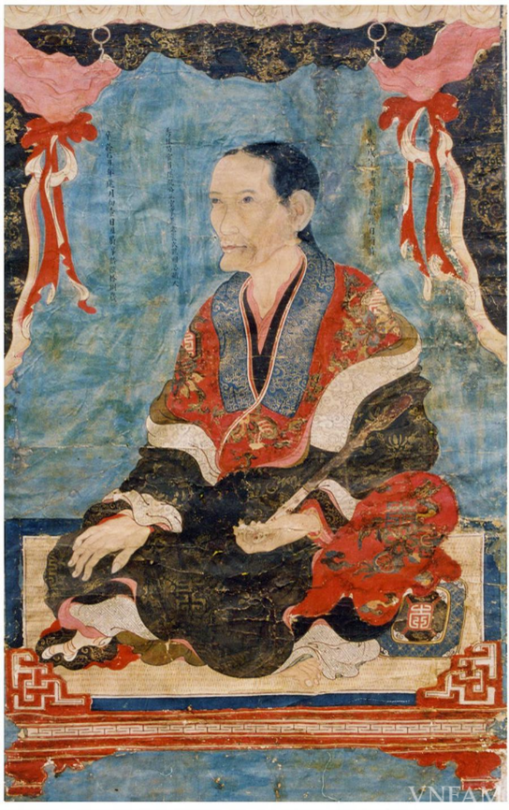
(Image source)
The viên lĩnh round collar robe can also be found in North Vietnamese women’s fashion during this era, as can be seen in the extracts from 18th century paintings “Võ quan vinh quy đồ” and “Văn quan vinh quy đồ” (Celebrated return of the martial/civil mandarin) belonging to the Vietnam Museum of Fine Arts. The robes can either be tucked inside or cover the thường skirt.

(Image source)
By early 19th century, Tonkin (North Vietnam) and Caupchy (South Vietnam) was unified under the rule of Nguyễn dynasty. The new dynasty implemented many changes, including naming the country “Viet Nam” and the former capital city Tonkin (東京) into “Hanoi”. As Nguyễn dynasty emperors are the descendants of the Nguyễn lords who used to rule Caupchy, they continue to enforce the clothings reform started by Lord Nguyễn Phúc Khoát in 1744. The emperors were persistent despite the push back from former Tonkin population. Their numerous decrees about Tonkin clothings reform are recorded in the book “Khâm định Đại Nam hội điển sự lệ” (Collected statutes of the Nguyễn dynasty, 欽定大南會典事例, 1843 – 1914). The women’s reluctance to change was humorously reflected in the following folk rhyme (apologies that my translation has no rhyme):
“In August, the emperor decreed
Banning bottomless pants, making us so fearful
If all of us stay at home, the market will be empty
But if we go, we must robe our husbands of their pants!
If you have pants, go and sell your produces at the market
If not, go to the village gate and watch out for the inspector.”
Tháng tám có chiếu vua ra
Cấm quần không đáy người ta hãi hùng
Không đi thì chợ không đông
Đi thì phải lột quần chồng sao đang!
Có quần ra quán bán hàng
Không quần ra đứng đầu làng trông quan.
(Source)
Although women in North Vietnam gradual accepted to wear the same áo ngũ thân five-panel robe as their sisters in the South, they had a distinct fashion that call back to their favourite giao lĩnh cross collar robe and đối khâm coat. I will explore more on that in Part 3 of this series.
HEY ARTISTS!
Do you design a lot of characters living in not-modern eras and you’re tired of combing through google for the perfect outfit references? Well I got good news for you kiddo, this website has you covered! Originally @modmad made a post about it, but her link stopped working and I managed to fix it, so here’s a new post. Basically, this is a costume rental website for plays and stage shows and what not, they have outfits for several different decades from medieval to the 1980s. LOOK AT THIS SELECTION:

OPEN ANY CATEGORY AND OH LORDY–

There’s a lot of really specific stuff in here, I design a lot of 1930s characters for my ask blog and with more chapters on the way for the game it belongs to I’m gonna be designing more, and this website is going to be an invaluable reference. I hope this can be useful to my other fellow artists as well! :)
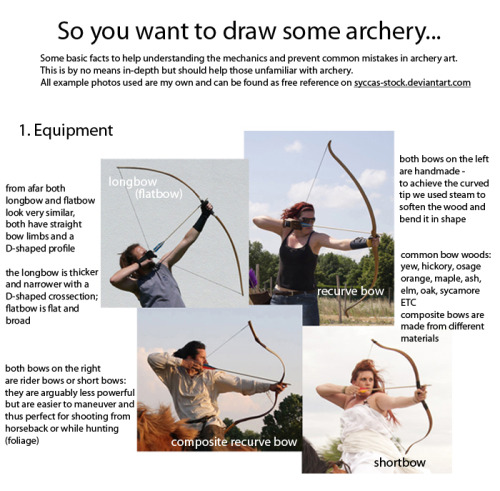
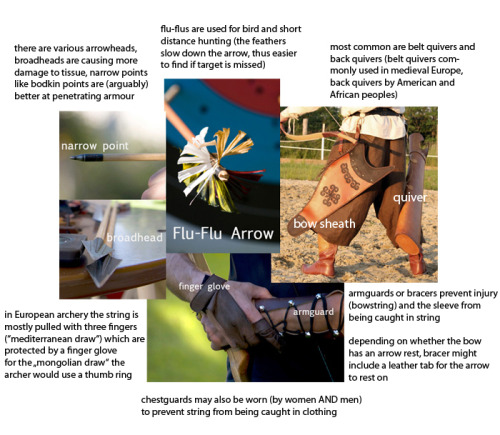
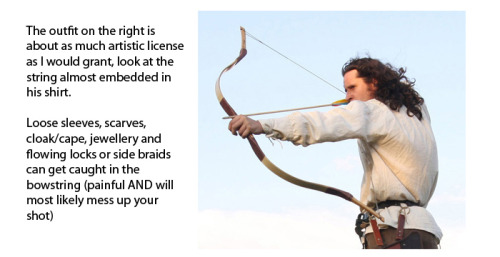
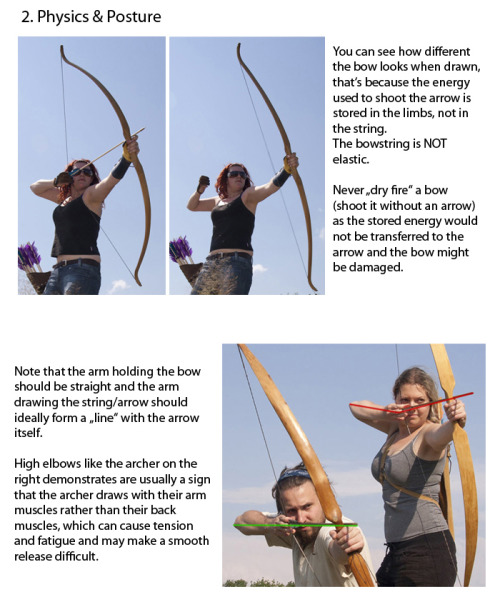

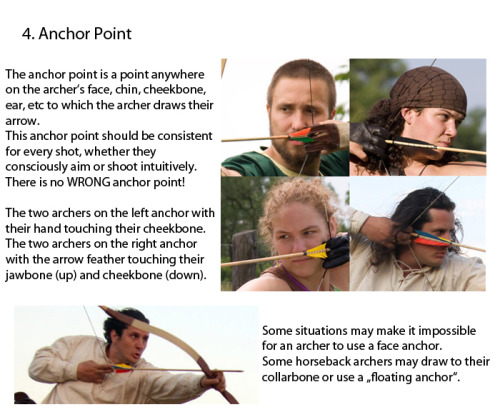
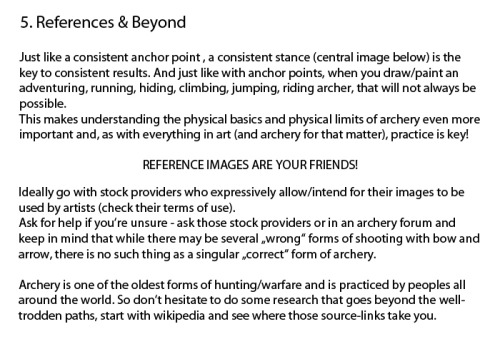
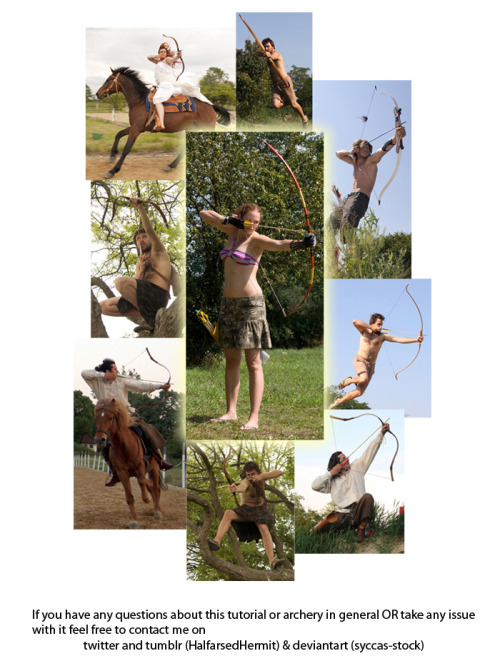
Spent the last two days working on this little archery guide in art and writing. Considering the rise in popularity of archers in pop culture this hopefully comes in handy for a bunch of fandoms.